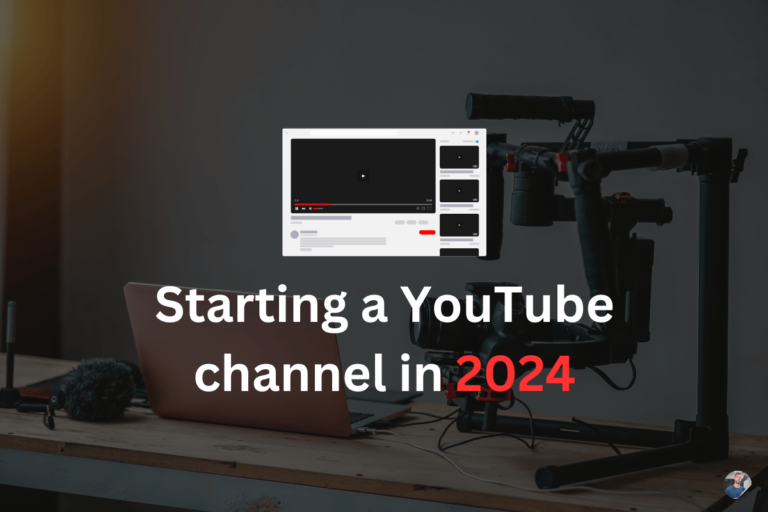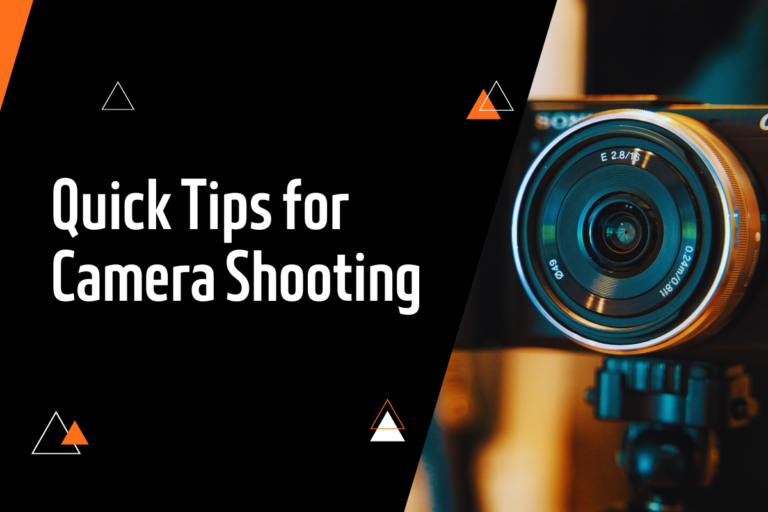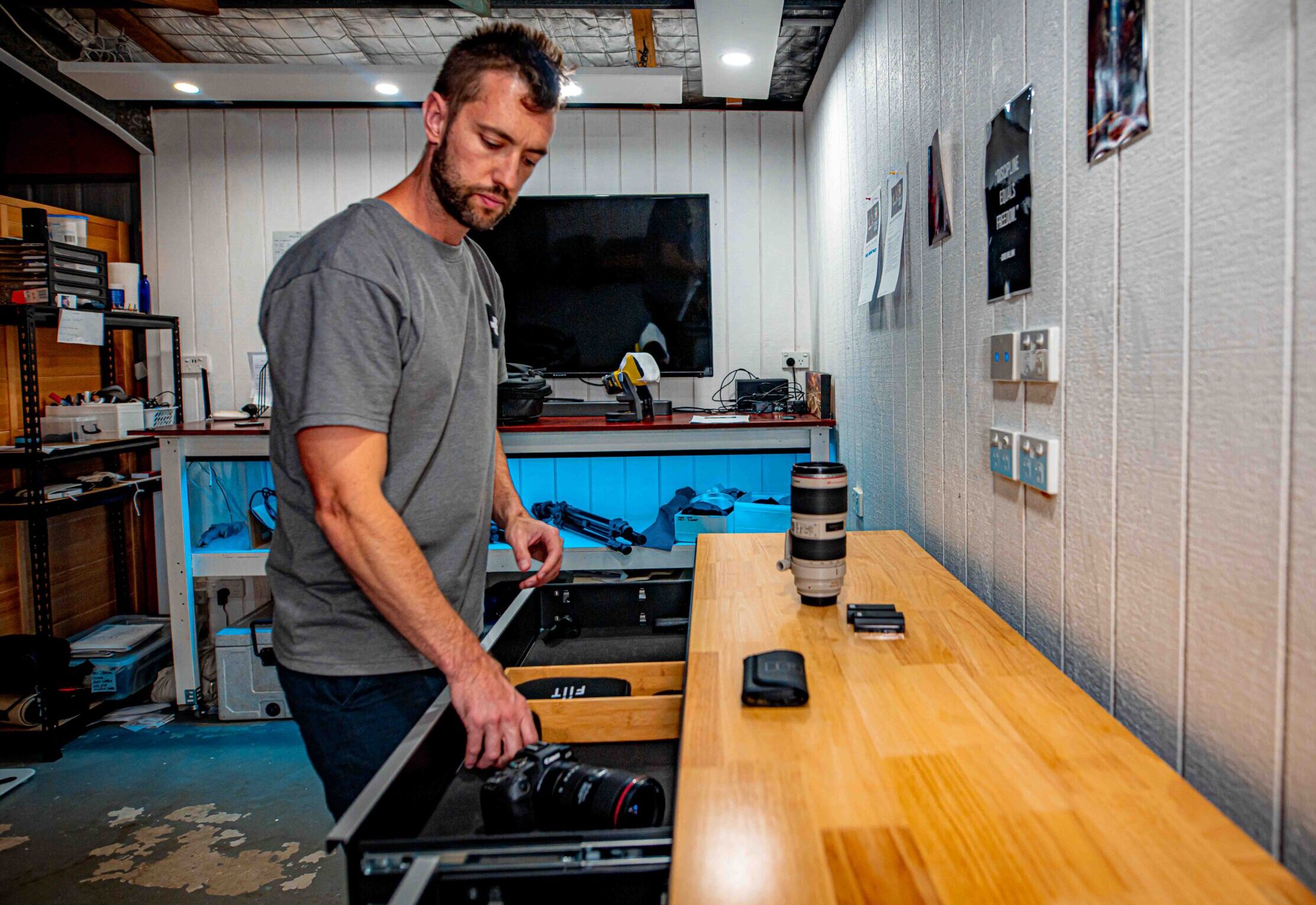If you’re a YouTuber, you are aware of the significance of having a video script. It facilitates better thinking organization and captivating storytelling. You can also communicate more clearly and steer clear of the frequent blunders that everyone makes when speaking. putting a word wrong. using the word “um” excessively. completely forgetting what you intended to say. Creating a strong YouTube video script will help you resolve this. You’ll learn how to write a script and make it interesting, authentic, and most importantly, not corny, with this tutorial. If you want to know more about an easy script you will follow the newsletter.
What is a video script?
Before going to write a script, you need to know what is a video script. A video script format is a standardized layout or structure used to organize the content and details of a video script. Specific formats can vary depending on the type of video and production team preferences.
How to Begin Creating a Script for YouTube
The audience is the most important thing to consider when developing a script. The screenplay should be addressed specifically to the audience since you are using the document to create a video that they will like.
To finish this work, you will need three things: the identity of your target audience, the primary concept of your film, and the “voice” you want to use.
Start with the main idea or video title first
Simple but important to note is the first step: before starting to write, you need to come up with a title for your video or an idea. This enables you to stay on the subject, capture the interest of your audience, and deliver the information they want.
Consider composing a screenplay for a credit card-related video. It is far more interesting to use a title like “How to Squeeze More Value Out of Your Credit Card” than “How to Use Your Credit Card Wisely.” It also becomes simpler to write from that compelling vantage point when you concentrate on the winning idea of “squeezing” value rather than “using” a credit card.
Also, you ought to include the appropriate keywords in your title. It will assist you in crafting a script that enhances YouTube views.
Identify Your Target Audience
Determining your target audience is also helpful before you start writing an easy script. This information usually has to do with your area of expertise on YouTube. Do you make films for teenagers who play video games? College students who study abroad? Parents without children who need advice?
While you prepare the film, think about what information viewers need or want to see, and keep those details in mind. After that, try to give that value.
This process is known as “speaking to your target audience.” Finding out about their day-to-day joys, struggles, and desires is the greatest approach to do this. After that, you may develop a movie that cheers them up or fixes a problem.
The majority of this research is conducted on YouTube, where you may discover the frequency with which users search for the subject matter of your video, the terms they use, and similar subjects that you can incorporate into the video.
Know Your Channel’s ‘Voice’
Every YouTuber has a “voice.” Perhaps you are the “jester” who makes others laugh with your jokes. Or maybe you’re the “adventurer” who takes them on thrilling adventures with lots of action.
When crafting scripts for YouTube videos, don’t be afraid to use your voice. It will enable you to stand out and draw in the proper audience of individuals who will connect with your personality and subscribe.
The script template is the main thing to consider when you write a script.
Here is the YouTube script template
Section 1: Video Hook/Intro
Section 2: Main Content and Research
section 3: Your CTA (Call to Action)
section 4: YouTube End Screen Elements
These script templates help you to write an easy and mindblowing script.
Section 1: Video Hook/Intro
The video screenplay’s “Video Hook/Intro” section piques viewers’ interest and establishes the production’s general tone, both of which promote viewer participation. This crucial section draws the audience swiftly into the main topic while providing an engaging sneak peek at what’s to follow.
It usually begins with a striking scene or sequence designed to immediately draw in viewers. This could be engrossing special effects, poignant pictures, or dynamic camera angles that draw the audience into the fictional world.
The music that plays in sync with the images, text, voiceover, or narrative on screen helps contextualize and spark viewers’ curiosity. These elements are meant to succinctly convey the film’s core idea or message. They often do this by utilizing impactful quotations, thought-provoking questions, or succinct tale beginnings.
The sound design enhances the opening experience even more by utilizing music, sound effects, or ambient noise to heighten the scene’s emotional impact or thematic resonance. The addition of an aural layer enhances the visual elements, drawing viewers in on multiple senses.
To ensure coherence with the overall story and visual design, the annotations in the screenplay may contain specific recommendations for photography, editing techniques, or visual effects. These guidelines are followed by the production team to transform the script into an interesting audiovisual production.
All things considered, the “Video Hook/Intro” section serves as a captivating opening statement that grabs viewers’ attention and establishes a strong framework that establishes the mood for the rest of the film. Its primary goals are to arouse viewers’ curiosity, capture their attention, and establish the framework for the educational journey or major plot of the film.
Section 2: Main Content and Research
The main center of the production is found in the “Main Content and Research” section of the video screenplay, which presents in-depth information, analysis, or stories to achieve the film’s objectives. This section usually consists of a well-structured presentation of academic data, expert opinions, case studies, or a thematic analysis related to the movie’s subject.
It shifts from the introduction at the outset and establishes the framework for a deeper exploration of the subject. The subsections in this part are organized in a way that systematically addresses significant aspects of the topic, ensuring the audience’s understanding and relevance.
Effectively integrated audiovisual elements enhance understanding and involvement. This could make use of expert interviews, video footage of real-world applications, or graphic aids like charts and graphs that illustrate ideas and facts.
This part relies heavily on dialog, narration, and on-screen text to guide the audience through complex information, provide context, and reinforce key points. The screenplay guides the presentation of the information, ensuring continuity and maintaining viewer interest.
The editing and production teams can find specific assistance in the annotations and comments included in the screenplay. Transitions, visual effects, and other technical aspects that are necessary to effectively convey the researched content are included in these remarks.
This section’s ultimate goal is to enlighten, educate, or persuade the audience about the subject at hand. To do this, a captivating viewing experience is created by combining factual accuracy, storytelling tactics, and visual appeal.
Section 3: Your CTA (Call to Action)
The “Your CTA (Call to Action)” portion of the video script functions as a crucial denouement, pointing viewers in the direction of a certain action or reaction. To encourage viewers toward a particular conclusion, this portion has been strategically placed to capitalize on the interaction and attention established throughout the film.
The CTA section uses skillfully crafted speech, narration, or on-screen text to deliver a compelling and compelling statement. It might encourage viewers to go to a website, become a subscriber to a channel, make a purchase, or engage with other related material.
The call to action is emphasized through the employment of visual elements to guarantee clarity and intensity. This could entail guiding viewers toward the intended result through the use of word animations, graphic overlays, or visual cues.
The visual presentation is improved by the use of music, voice-over, or sound effects in sound design, which draw attention to the importance or urgency of the call to action. These auditory elements maintain attention while strengthening and bolstering the story.
Annotations in the script provide detailed instructions on how to execute the call to action. This could include details on the visual signals, timing, or other strategies to encourage audience engagement.
Utilizing the curiosity and engagement that the viewer has developed during the movie is the primary goal of the “Your CTA” portion. By providing a clear and appealing direction, this segment aims to convert viewer attention into actionable interaction or further connection with the video’s content or connected platform. So it is a crucial point for a beginner how to write a script on YouTube.
section 4: YouTube End Screen Elements
The video script’s “YouTube End Screen Elements” portion is positioned after the video to encourage additional interaction and maximize audience engagement. The goal of this part is to show you how to seamlessly add various features to the YouTube video’s end screen.
The visual elements of the end screen, such as clickable buttons and thumbnails, are typically interactive. To improve viewer retention and extend their viewing time, these are strategically placed to direct viewers to playlists, channels, and other videos.
Important details, subscription requests, and calls to action (CTAs) asking viewers to like, share, or comment on the video can all be highlighted using text overlays. Participation in the community and communication are encouraged by this.
Annotations throughout the script provide thorough instructions on when and where to add end-screen components. This ensures a seamless and logical transition from the main content to the closing screen, pointing viewers in the direction of their next move.
To support the branding and other theme elements and maintain the video’s coherence, sound designers can include subtle signals or background music.
The “YouTube End Screen Elements” section eventually aims to maximize viewer engagement after the video ends by employing YouTube’s interactive features to maintain interest and promote further connection with the channel’s content. It serves as a strategic tool to increase viewer retention and foster a sense of belonging and community among viewers.
Let’s know the 10 key points for the sake of making your script more engaging in the world of YouTube.These 10 key points help you to write an easy script. And you will be able to learn how to write a script.
10 Ways to Make Your Script More Engaging
1. Use Short Sentences
It’s challenging to read, hear, and understand long sentences. For this reason, you should produce more relaxed and shorter lines in your video script. To help viewers follow your line of reasoning, you will minimize the amount of information they hear.
However, you don’t want each sentence to be extremely short. Adjust the length of your sentences to make them sound like a friendly exchange.
2. Use the Present Tense
There is a sense of urgency when writing in the present tense. To keep viewers interested, you will talk in the present tense. Then it will be an easy script for the audience.
3. Write in a Conversational Style
Since YouTube is a somewhat laid-back platform, stick to basic language that everyone can understand. You don’t want to come across as doing a research presentation or giving an academic speech.
However, avoid writing a script that is so casual that it comes out as unprofessional.
4. Use More Active Voice Than Passive Voice
The topic of a sentence acts on another person, idea, or thing when it is written in the active voice. It can be unclear when a sentence written in the passive voice doesn’t make the topic clear from the beginning.
Active voice: Pat Cummins delivered a historic speech for the welfare of Australian cricket.
Passive voice: A historic speech was delivered by Pat Cummins for the welfare of Australian cricket.
The active sentence requires more effort to understand.
5. Keep it Simple
If a word, sentence, or scene in your script doesn’t advance the plot, cut it.
6. Sprinkle in Some Humor
A humorous video has a happy, carefree tone. Just remember not to overdo it and avoid making crude jokes that make people feel uncomfortable.
7. Review and Revise
- Edit for Clarity: Read through your script aloud to check for natural flow and clarity. Edit out any unnecessary jargon or complicated language.
- Length: Aim for a reasonable video length based on your topic and audience preferences. Generally, 8-15 minutes is a good range, but this can vary.
- Proofread: Check for grammar and spelling errors. A polished script enhances your credibility.
8. Practice and Record
- Practice: Familiarize yourself with the script by practicing speaking naturally. This reduces the need to read directly from your script during recording.
- Recording: Record your video in a quiet environment with good lighting and sound quality. Use a teleprompter or cue cards if needed, but aim for a natural delivery.
9. Keep It Engaging
- Visualize: Describe any visuals, transitions, or on-screen actions you plan to include. YouTube is a visual medium, so think about how your script translates into engaging visuals.
- Use Stories or Examples: Personal anecdotes, case studies, or examples can make your content more relatable and interesting.
- Humor (if appropriate): Adding humor can help keep viewers engaged, but ensure it aligns with your content and audience
10. Seek Feedback
you will get feedback before publishing a YouTube video, it’s very useful. You can ask friends and family what they think or get serious feedback from a scriptwriter.
Additional Tips:
- Consistency: Maintain a consistent posting schedule to build audience loyalty.
- Experiment: Don’t be afraid to try new formats or topics to see what resonates best with your audience.
You can learn how to write a Script for your priceless content with the world by carefully editing your video and posting it to YouTube by following these instructions. Always keep in mind that every video is a chance to grow and learn, so welcome the experience and take pleasure in engaging with your viewers.







